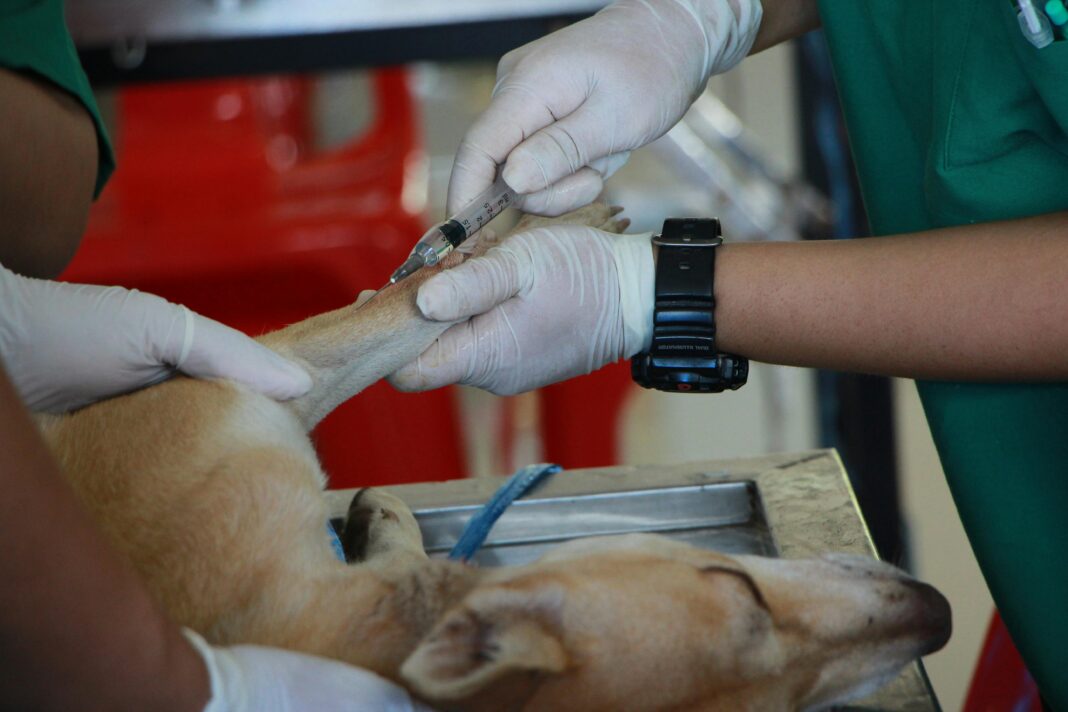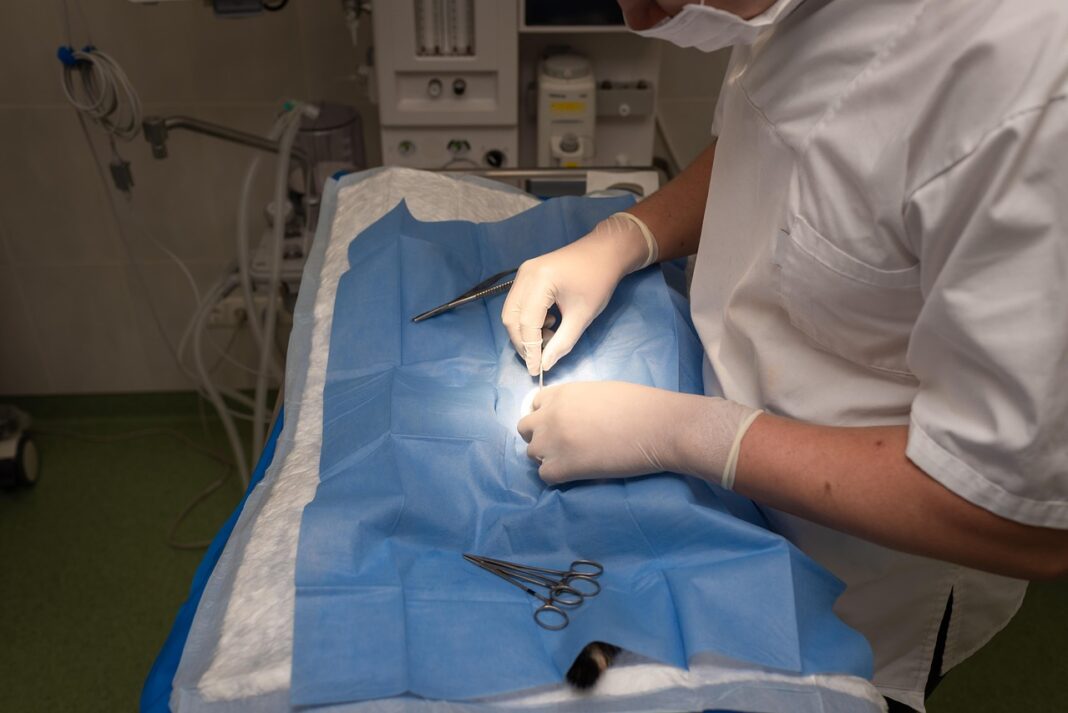As pet owners, we all want what’s best for our furry companions. One of the critical issues affecting pet health today is antibiotic resistance. Understanding this phenomenon is essential for ensuring our pets live long, healthy lives. Let’s delve into what antibiotic resistance means for our pets, its causes, symptoms, diagnosis, treatment options, and how we can prevent it.
What Is Antibiotic Resistance?
Antibiotic resistance occurs when bacteria evolve and become immune to the effects of antibiotics designed to kill them. When this happens, common infections can turn dangerous, making treatment more challenging. This issue isn’t confined to humans; it can also affect our pets, leading to complications when they fall ill.
Causes of Antibiotic Resistance in Pets
Several factors contribute to antibiotic resistance in pets. Understanding these can help owners make informed decisions when caring for their animals.
Oveuse and Misuse of Antibiotics
One of the primary contributors to antibiotic resistance is the over-prescription of antibiotics. When pets are given antibiotics for viral infections, which they don’t treat, or when they are not taken as directed, bacteria can adapt and resist the medication.
Incomplete Treatment Courses
When pet owners stop administering antibiotics midway through treatment, it can lead to surviving bacteria that are stronger and more resistant. It’s vital to complete prescribed courses to minimize this risk.
Poor Hygiene and Overcrowded Conditions
Pets in shelters or breeding facilities may be more susceptible to infections due to poor hygiene practices. In such environments, the spread of resistant bacteria is common, which can eventually affect adopted pets.
Symptoms of Antibiotic Resistance
Recognizing the symptoms of antibiotic resistance in pets is crucial for timely intervention.
Persistent Infections
If your pet has a recurring infection that doesn’t improve with treatment, this may indicate antibiotic resistance. Typical signs include prolonged fevers, lethargy, and lack of appetite.
Skin Infections and Inflammation
Resistant bacteria often cause skin infections that can be persistent and difficult to treat. Common symptoms include redness, swelling, and discharge from lesions.
Gastrointestinal Issues
If your pet shows signs of prolonged gastrointestinal distress, such as vomiting or diarrhea, it could mean that a bacterial infection is resisting treatment.
Diagnosing Antibiotic Resistance
If you suspect your pet may have an antibiotic-resistant infection, a visit to the veterinarian is essential. Here’s how they typically approach diagnosis:
Detailed Medical History
Your vet will start by reviewing your pet’s medical history, including previous antibiotic treatments. Sharing information about any recurring infections helps in evaluating potential resistance.
Diagnostic Testing
To pinpoint the infection and its sensitivity to antibiotics, your vet may perform cultures and sensitivity tests. These tests identify the specific bacteria causing the infection and which antibiotics are effective against it.
Treatment Options for Antibiotic Resistance
Treating antibiotic-resistant infections requires a multi-faceted approach. Here’s what you can expect:
Alternative Medications
In cases of resistance, your veterinarian may prescribe alternative antibiotics that the bacteria have not yet adapted to. It’s essential to follow their guidance in these instances.
Supportive Care
Your pet may require additional supportive care, such as hydration and nutrition support, to help them recover while fighting off the infection.
Specialized Treatments
In severe cases, your veterinarian may refer your pet to a specialist for advanced treatments, including bacteriophage therapy, which uses viruses that specifically target bacteria.
Preventing Antibiotic Resistance in Pets
As passionate pet owners, we also play a vital role in preventing antibiotic resistance. Here are practical tips:
Responsible Use of Medications
Only use antibiotics prescribed by a veterinarian. Avoid administering leftover medications from previous treatments, as they may not be appropriate for your pet’s current condition.
Completing Treatment Courses
Always ensure that your pet completes the entire course of antibiotics, even if they seem to have recovered. Stopping treatment prematurely can lead to resistant bacteria.
Regular Veterinary Check-ups
Routine check-ups can identify health issues before they escalate. Regular veterinary visits enable early detection of infections, minimizing the need for antibiotics.
Promote Good Hygiene Practices
Maintaining a clean living environment for your pet is crucial. Regularly clean their bedding, toys, and areas where they eat or sleep. Good hygiene helps prevent the spread of bacteria.
Nutrition and Vaccinations
A well-balanced diet supports your pet’s immune system, making them less susceptible to infections. Keeping them up-to-date on vaccinations can also provide protection against various diseases.
The Bottom Line
Antibiotic resistance is a significant health concern for our pets. By staying informed and following best practices in pet care, we can protect their health and contribute to the fight against this pressing issue. Understanding the signs, seeking prompt veterinary care, and practicing responsible antibiotic use are vital steps every pet owner can take. Your proactive approach can help ensure a healthier future for your beloved companions.





